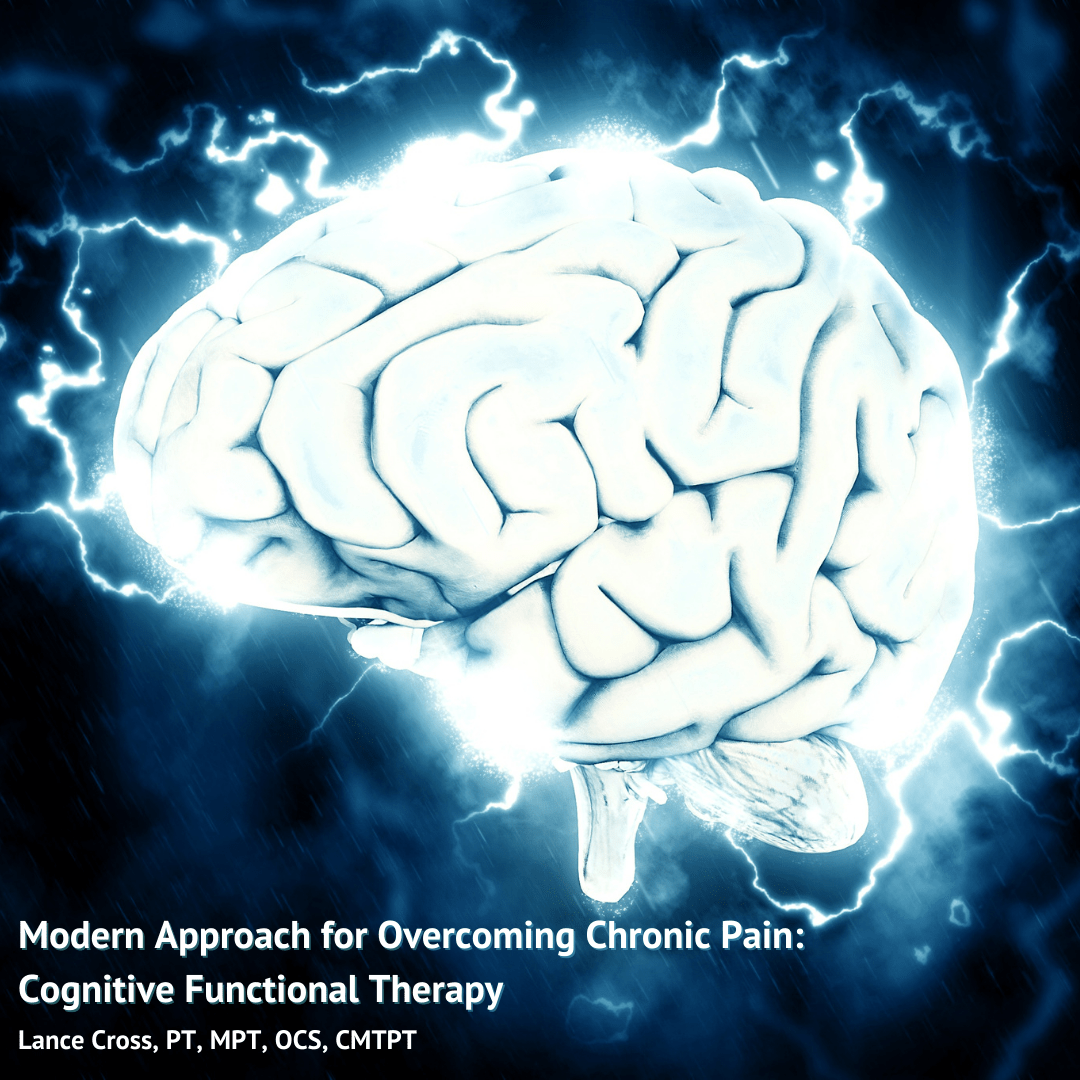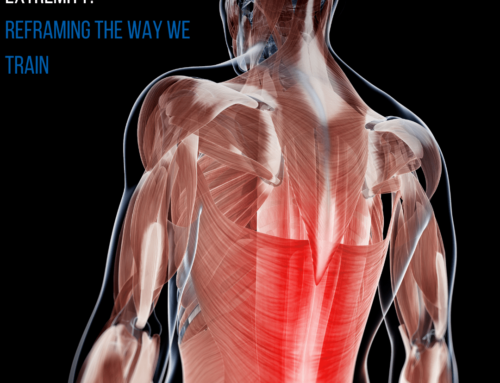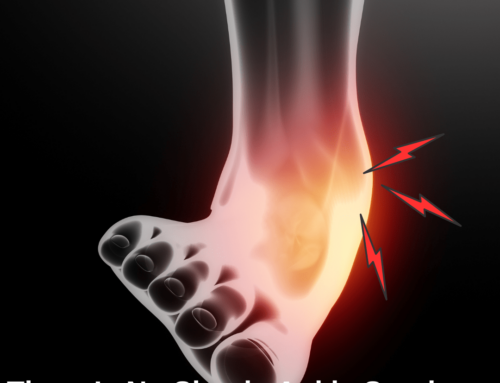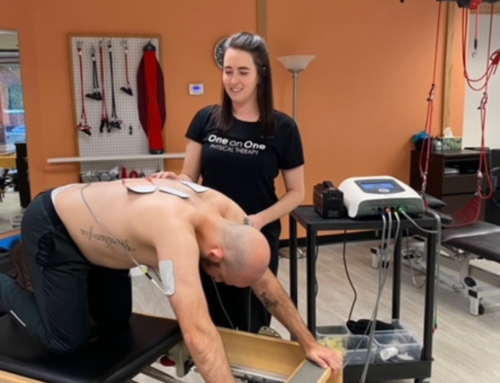Modern Approach for Overcoming Chronic Pain: Cognitive Functional Therapy

- Do you have knee pain, shoulder pain, hip pain, sciatica, low back pain, or chronic neck pain that hasn’t improved fully with traditional orthopedic or physical therapy treatment?
- Is your ability to perform fitness activities, sports activities, or normal daily work activities limited by this pain?
- Are you ready to explore the modern approaches to dealing with persistent/debilitating pain?
- Are you a person that has an identified tear, bulge, or degeneration? Have you been told they aren’t a candidate for surgery?
If you answer yes to any of the above. You should consider seeking a therapist who includes Cognitive Functional Therapy (CFT) in their treatment plan for you.
What causes persistent/chronic pain?
- Pain is always a result of a variety of stressors (bodily imbalances, environmental, physical & mental work, lack of restorative rest, postural or biomechanical, societal, familial, past emotional or physical traumas, fear, anxiety, frustration, high level fitness or sport activity, media/information overload)
- IASP Announces Revised Definition of Pain – International Association for the Study of Pain (IASP)
- Pain can be caused by tissue damage, but it doesn’t correlate very well. Research shows that people with significant amounts of tissue damage do not have pain, and high levels of pain do not have tissue damage.
- NOCEBO EFFECT – Thoughts/beliefs associated with tissue damage significantly increases and/or prolongs pain and bodily dysfunction. Often caused by erroneous descriptions of medical diagnosis based on the antiquated biological model of pain.
Pain is telling you that something is wrong, but what that something is often not what may seem.
When a person’s reflexive nervous system senses it’s overloaded, it will often cause pain in an attempt to slow the person down. This is the nervous system’s attempt to balance the body so it can get the rest or help it needs. The system will often choose pain because other sensations like fatigue, anger, and frustration are often ignored by people in our busy and productivity-oriented culture.
“Neurons that fire together, wire together” – Donald Hebb
The threatening thought that physical pain means physical damage is often untrue. However, it can greatly influence the sensations and behaviors of a person’s body. If the less threatening thought is that physical pain is a result of being generally overloaded by our various stressors, then sensations and behaviors become much different and can actually help us to get on a better track of restoring normal function and comfort.
COGNITIVE FUNCTIONAL THERAPY
Cognitive Functional Therapy (CFT) should be used as part of a multimodal treatment approach. This is where various aspects of a patient’s dysfunction and pain are addressed by the therapist. It is absolutely necessary for a thorough medical exam of the patient to be performed. Medical imaging or tests may be needed to help ensure patient safety.
How it’s done
- The therapist enables patients with knowledge and skills for independent self-management
- When appropriate, the therapist will change existing unhelpful beliefs in an empathetic manner.
- The therapists will teach the patient to use positive thoughts to turn down the fight and flight response while performing activity in a gradual progression of volume and intensity.
EXAMPLES:
THE THOUGHT – “Walking normally up and down stairs is safe and will actually help me improve”
THE ACTION – Walk up the stairs in a flowing manner to avoid physical guarding practices like holding unnecessary tension through my leg or hip.
GRADED EXPOSURE TO ACTIVITY – For the first 3 days perform 3 sets of 5 step-ups on a 6 in rise using the positive thoughts. During the next 3 days perform step-ups on an 8 inch rise using the same positive thoughts. Progressing to normal stair walking.
Including CFT into a treatment plan is often a highly effective approach for helping a person regain function and limit or eliminate pain. It requires skill and time for full assessment of the individual as well as time for education and questions. When performed properly, it can help a person recover more quickly and more thoroughly.
Want even more? Contact us at One on One Physical Therapy to schedule an appointment today!
About the Author:

Lance Cross, PT, MPT, OCS, CMTPT is a Board Certified Orthopaedic Physical Therapist at One on One Physical Therapy. His particular background in the pain sciences includes clinical treatment of chronic pain patients, lecturing and involvement in clinical trials on the subject. He is a Certified Sports Metrics Trainer and has particular involvement in knee injury prevention program development. Lance is particularly skilled about treating TMJ disorders and has trained under Mike Karegeannes, PT, LAT, MTC, CFC, CCTT, CMTPT. Lance implements various manual therapy techniques, dry needling, Redcord & The Neurac Method and Pilates for Rehabilitation into his comprehensive treatment approach. Learn more by visiting www.onetherapy.com or email lance@onetherapy.com.






